Yesterday, I mentioned having the local delicacy, hamo (an eel), but Awaji’s real pièce de resistance food-wise is, in fact, the humble onion. Consequently, we saw and ate quite a few onions today, as you will see …
A bit about Awajijima
I have been saying Awaji, but I really should be saying Awaji Island or Awjijima. The island is the largest in the Seto Inland sea, and is about the size of Singapore. With bridges at either end, it connects the main Japanese islands of Honshu and Shikoku. It is also home to the Nojima Fault, which was responsible for the 1995 Great Hanshin earthquake that killed nearly 6000 people. My, Japan has had its share of natural disasters, hasn’t it?
The most relevant fact about Awajijma from today’s point of view, however, is its role in Japanese history. According to the Shinto creation myth, Awaji was the first of the islands to be created in the Japanese archipelago. It was created, according to legend, by two kami, Izanagi and Izanami. This is known as the Kuniumi story.
Mentioned in the 8th century Kojiki, the oldest existing written record of Japanese history, Awajijima is also probably the oldest settled area in Japan.
Temples, and Flowers, Whirlpools and Shrines
Even though we were expecting the worst when, at 8.30am it was 28°C, it turned out to be a perfect sightseeing day, with the temperature mostly ranging between 25 and 28°C. It was not too muggy, and it didn’t rain. Win! And as travellers, we take every win we get.
Honpukuji Water Temple
Having had a wonderful night’s sleep, we set off promptly, getting to our first port of call, the Honpukuji Water Temple, just before opening at 9am. It was designed by architect Tadao Andō, and completed in 1991. It is beautiful, though the approach is misleading because the front of the complex looks like a traditional temple. However, you then walk around the back, through typical Andō concrete-walled paths, to find a gorgeous, large, lotus pond which forms the roof of the actual temple and which is bisected by steps. The lotus is important in Buddhist symbology.
You walk down the set of steps to the temple proper. No photographs are allowed in there, unfortunately, but it was beautiful, with concrete walls, offset against the deep red walls for the temple itself and the gold of its objects. Upon re-emerging, we spent a little time in the grounds soaking up the exterior peace after enjoying the interior one, before driving on to …
Awaji Hanasajik, or Awaji Flower Gallery,
This flower park occupies over 15 hectares on a hill, overlooking Osaka Bay (which we couldn’t photograph because the sun was in the wrong place). The gardens were opened in April 1998, the same time as the Akashi Kaikyo Bridge from Honshu was opened.
We weren’t really expecting a lot, given it was autumn, but were thrilled to see some mass displays of mostly purple and red flowers. I think they were mostly salvias. This was the most popular place we visited. There were four tourist buses in the carpark, when we arrived. There is some major redevelopment going on – big new visitor facilities – so to help tourists manage access to the site there were men everywhere – at the new (temporary) entrance, managing the small pedestrian crossing, and directing the carpark. As Len said, the Japanese tend not to be mean with “manpower”. I’m sure we could have managed crossing the road ourselves – it was a small one-lane-each-way road and wasn’t overly busy – but it was nice not having to worry!
The drive up to the park took us through very narrow and winding roads. We were very glad of those convex road safety mirrors, which fortunately abound. We enjoyed the views of forests and mountains, and of paddy fields, just harvested or being harvested.
Anyhow, after the gardens, we kept the car heading south, aiming for Sumoto for lunch. Our biggest challenge here was parking. We saw a parking lot, and felt it looked like public parking, with the standard blue-and-white P sign, but it did have a boom-gate and we weren’t sure how you actually paid. After lunch, we wandered into the little shopping complex it belonged to and managed – with limited Japanese and a bit of gesturing – to discover it was one of those first-two-hours-are-free carparks. Phew.
Anyhow, after this we headed to…
Naruto Whirlpools
The Naruto strait separates Awajijima from Shikoku, and it is in these straits that you can see the whirlpools, or whirling tides. According to the creation myth they were made by those two original kami swirling the sea with their spears. Awaji was formed by drops from the spear.
We drove right down to the end of the island, on the off-chance that we’d see these tide-related whirlpools, and we lucked out. We went to a free viewing spot, along with several other middle-aged Japanese people who, to varying degrees, huffed and puffed with us up and down multiple stairs looking for the best view. It was partly obscured by the bridge, and the sun was in the wrong place, but we got the picture! (Our iPhone health app tells us we climbed 21 floors today. We believe it, but then Japan is a hilly county, and one built vertically as well.)
After enjoying our time at the whirlpools, we decided we had one more “sight” in us for the day, so our next stop was on the route back home. By the time we got back to the hotel we’d driven almost the whole length of the Island, in both directions.
Onokorojima-jinja
This Shinto shrine – in Japan, temples are Buddhist, and shrines are Shinto – is connected to the Kuniumi Story, and is consecrated to the two kami, Izanagi and Izanami. This is where they are said to have married, which is why, apparently, young Japanese go there to pray to find their soulmate. Also, it’s believed that pulling the red and while ropes attached to a sacred stone on the site will bring good fortune in relationships. Reader, I pulled those ropes!
The shrine is also famous for the huge torī gate, which at 21.7 meters high is one of the three largest in Japan.
The best thing, though, about the shrine was its peace. One minute we were diving through villages and paddies, and next minute we felt we were miles from anywhere. Bliss. I can see their attraction.
Food, of course
Then there was the food:
- Breakfast was a comprehensive buffet included in our room rate. Unlike many people, I love Japanese breakfasts. Offerings included rice, pickles, fish, vegetables, salads, natto, seaweed, and more. But they also have western breakfast lovers covered too, with cereal, eggs, bacon, fruit, yoghurt, pancakes and omelettes.
- Lunch was one of those frequent food adventures we have in Japan, where we go to a restaurant where little or no English is spoken. This one did have an English menu but we still had challenges when my choice was not available and Len’s required decisions. However, once again goodwill and gestures saw us through. The highlight was the onions, which we had raw, and pickled two ways. They were mild but flavoursome, and without the harshness of the white onions we are used to.
- Dinner was back at the hotel, in its traditional Japanese restaurant, Awami. We chose a mid-level kaiseki meal, kaiseki being a multi-course meal featuring seasonal, local products. It apparently inspired nouvelle cuisine. Our first ever kaiseki meal was in Nara, back in 2006. We’ve never forgotten it. Of course, being Japanese, it is always presented so beautifully, with mostly delicate flavours. Our eight or so courses included sashimi, tempura, hot pot, individual shabu shabu style dishes, and rice, of course. The local produce featured included hamo (eel, remember!), sea bream, and, we were waitng for them, onions. I even had a Shochu made from onions. It was soft and delicate. Len had an Awaji AIt Beer. A lovely meal, beautifully served by young women dressed in kimonos, and with background (recorded) koto accompaniment.
We’ve had a few meals this trip now and the stand-out thing is how peaceful they have all been. Even the very busy breakfast buffet, with tables packed close, was not noisy. We could talk to each other with normal voices. As Westerners visiting Japan, we need to remember to do as the Japanese – don’t call out to each other from distances, talk softly (and definitely no talking on your mobile), tread lightly, and don’t rush.
And some stills…
Not all the pics included in the slide-show are specifically referenced in the text, but if you’ve read the text you should see their relevance
And some Movies…
Click here to view today’s video clips
Challenges Won…
- Managed to withdraw some JPY cash at a 7-11 convenience store.
- Figured out that we had 2-hours free in a parking lot, while lunching.
- Resurrected the routine for hand-washing at shrines.
Challenges Lost…
- Len, says Sue, went through a red light in a small village – hmm.




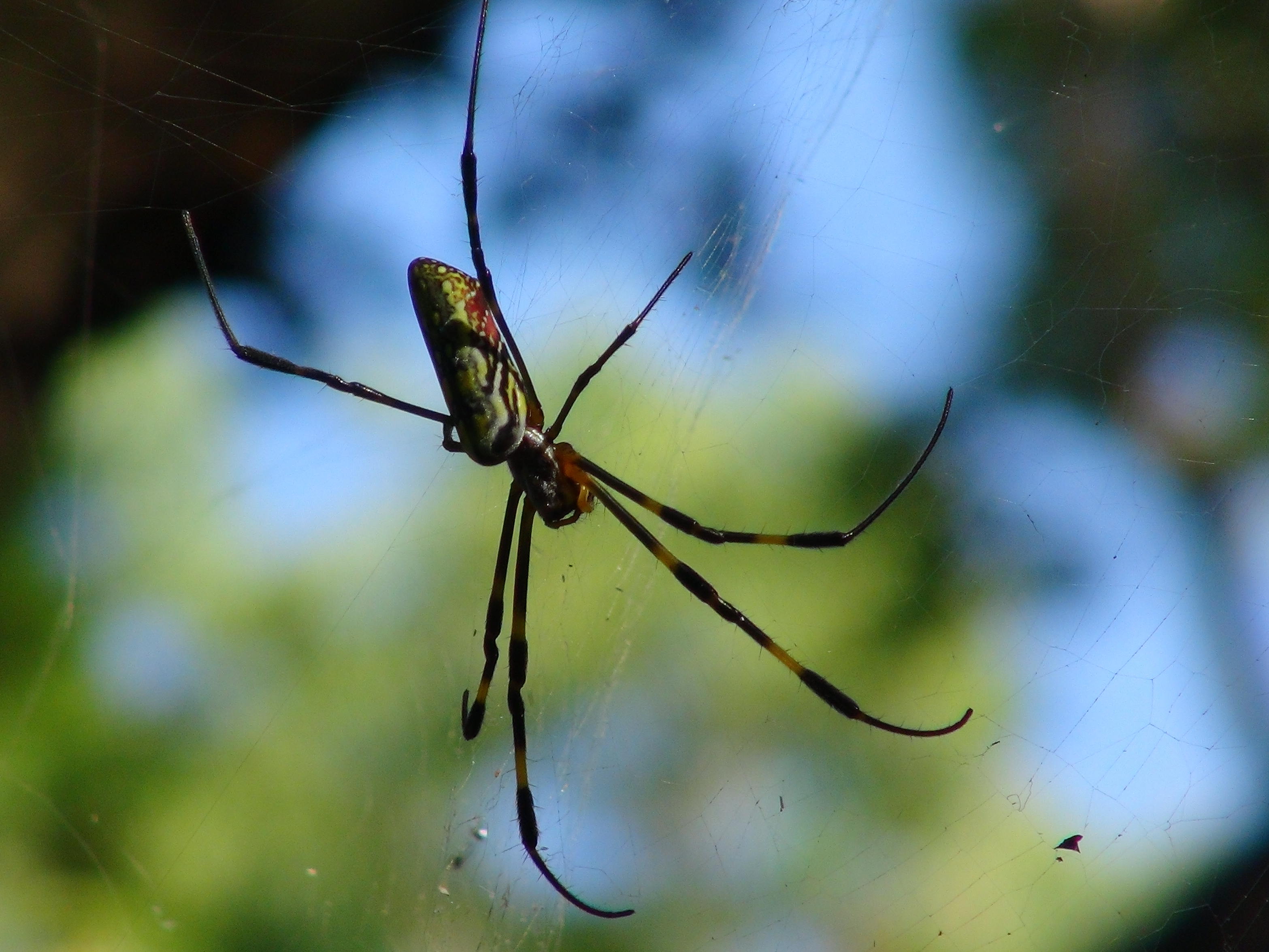

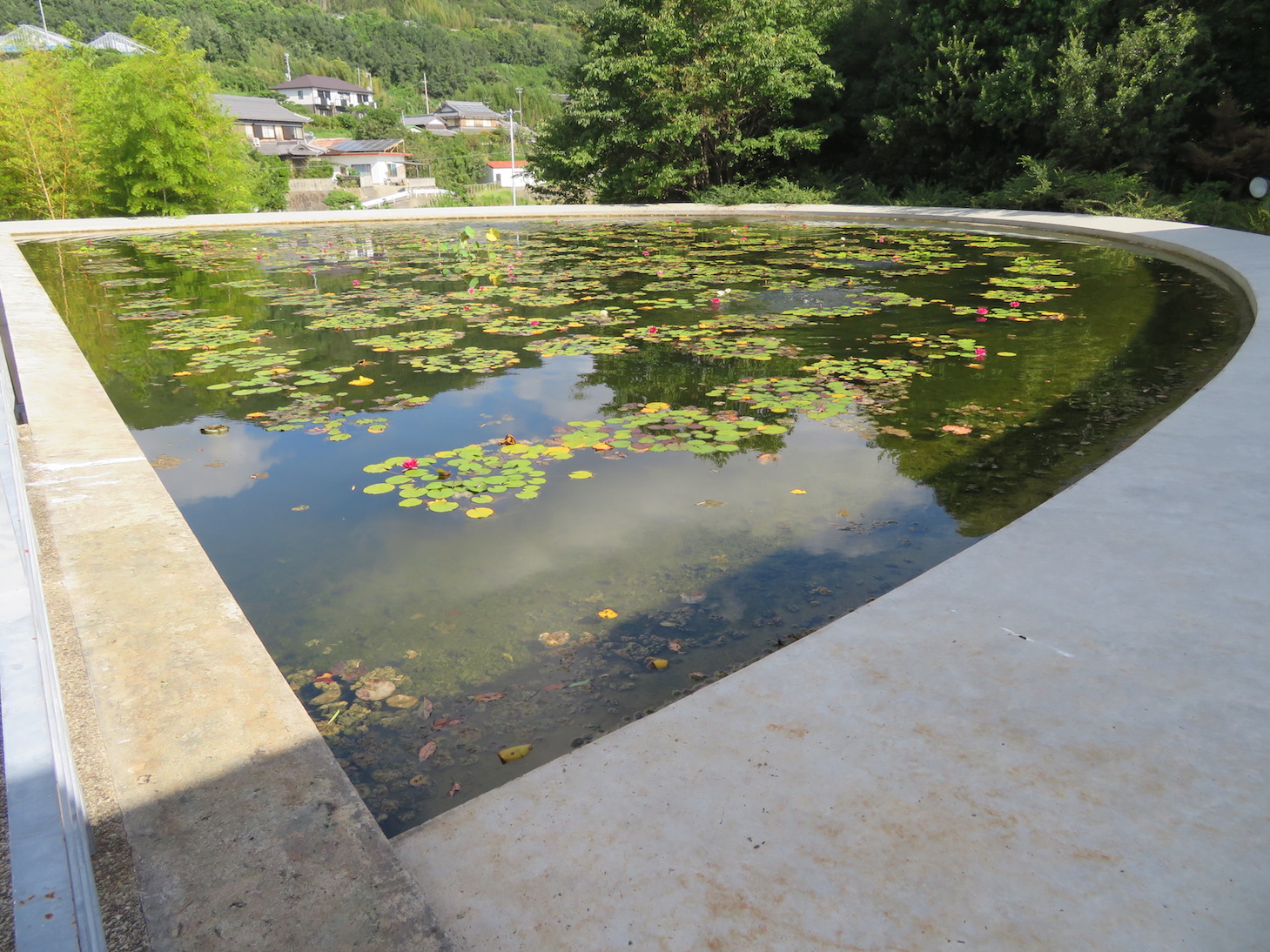

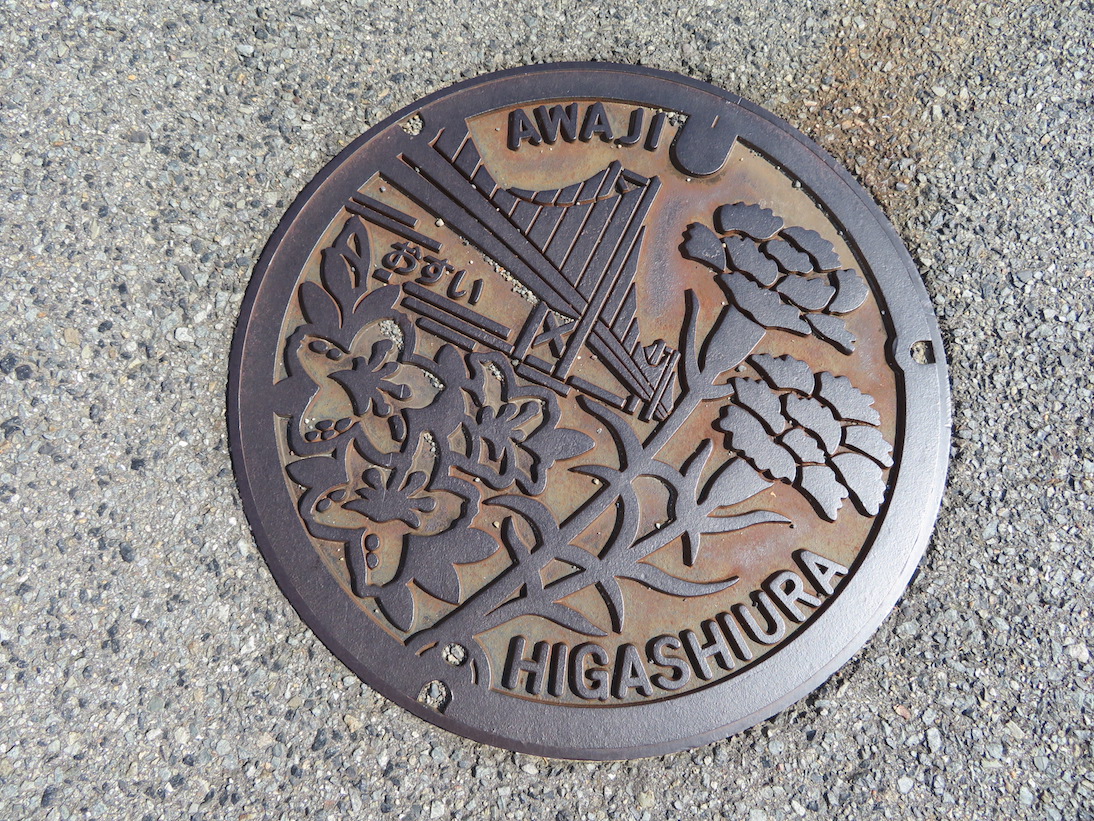

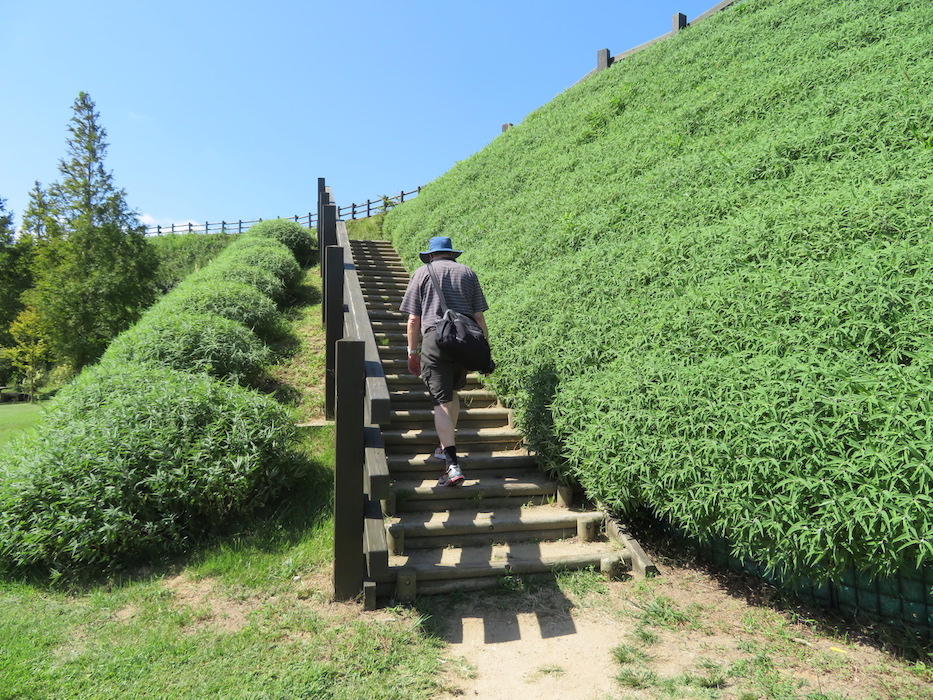
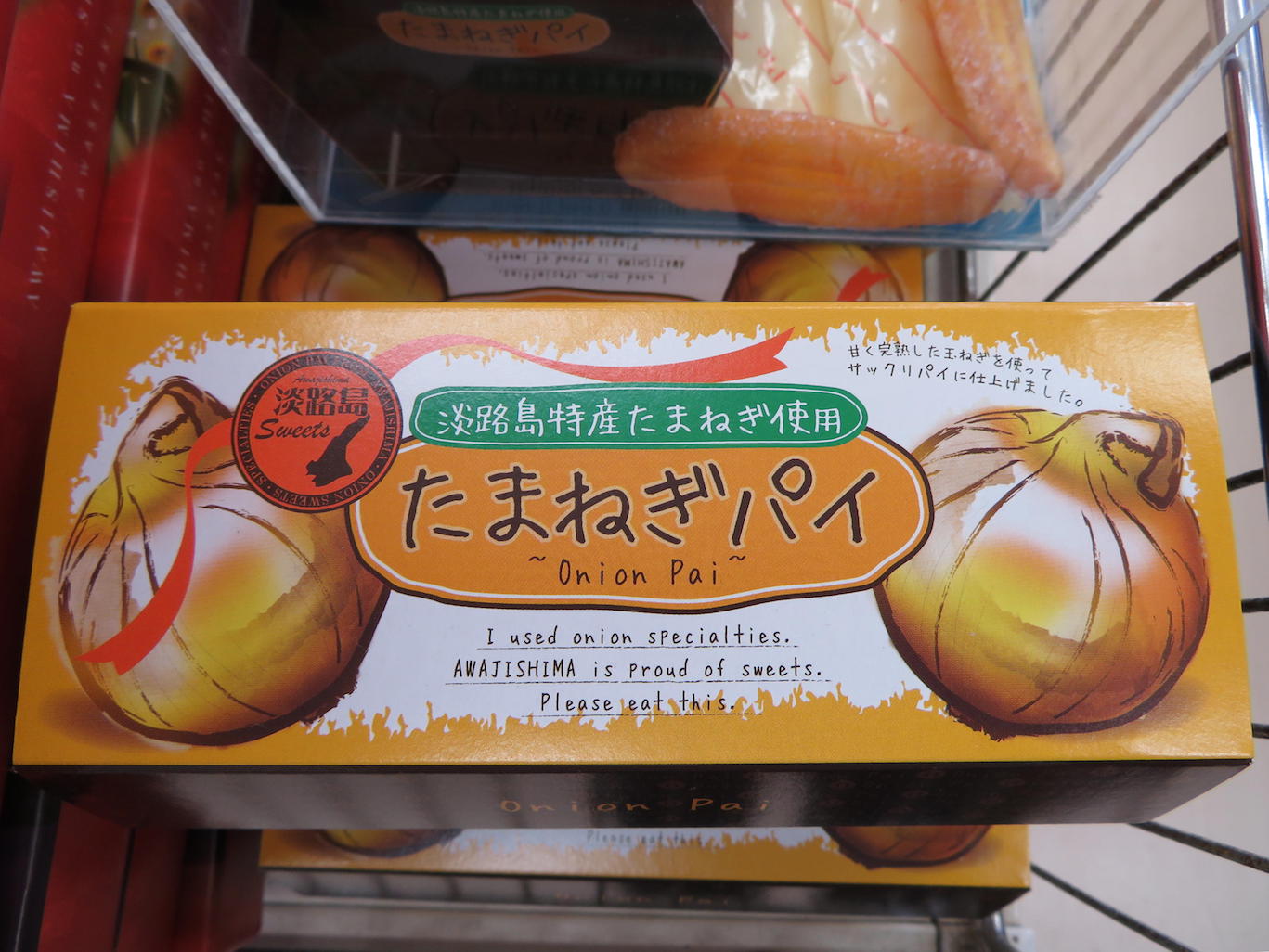






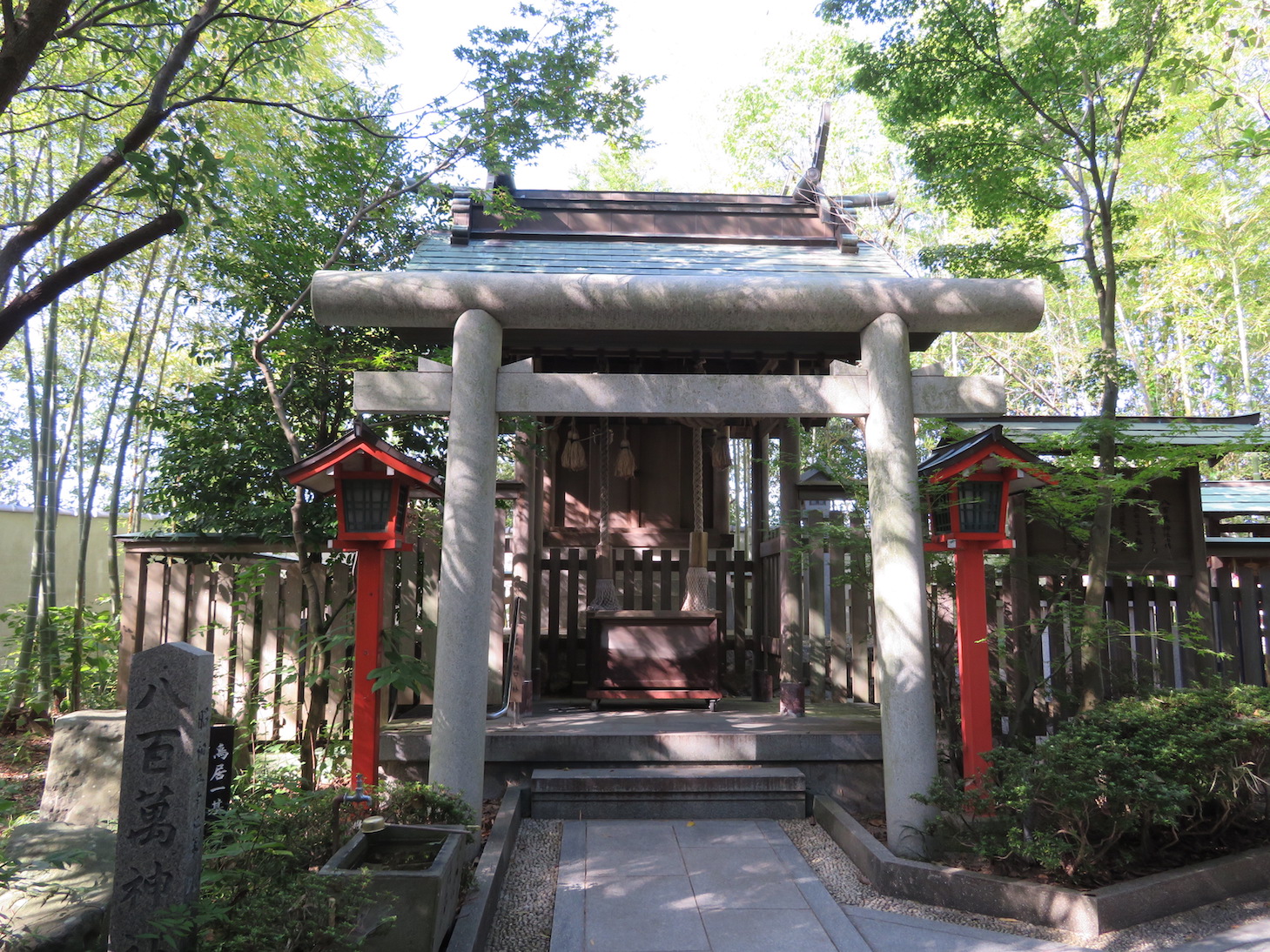

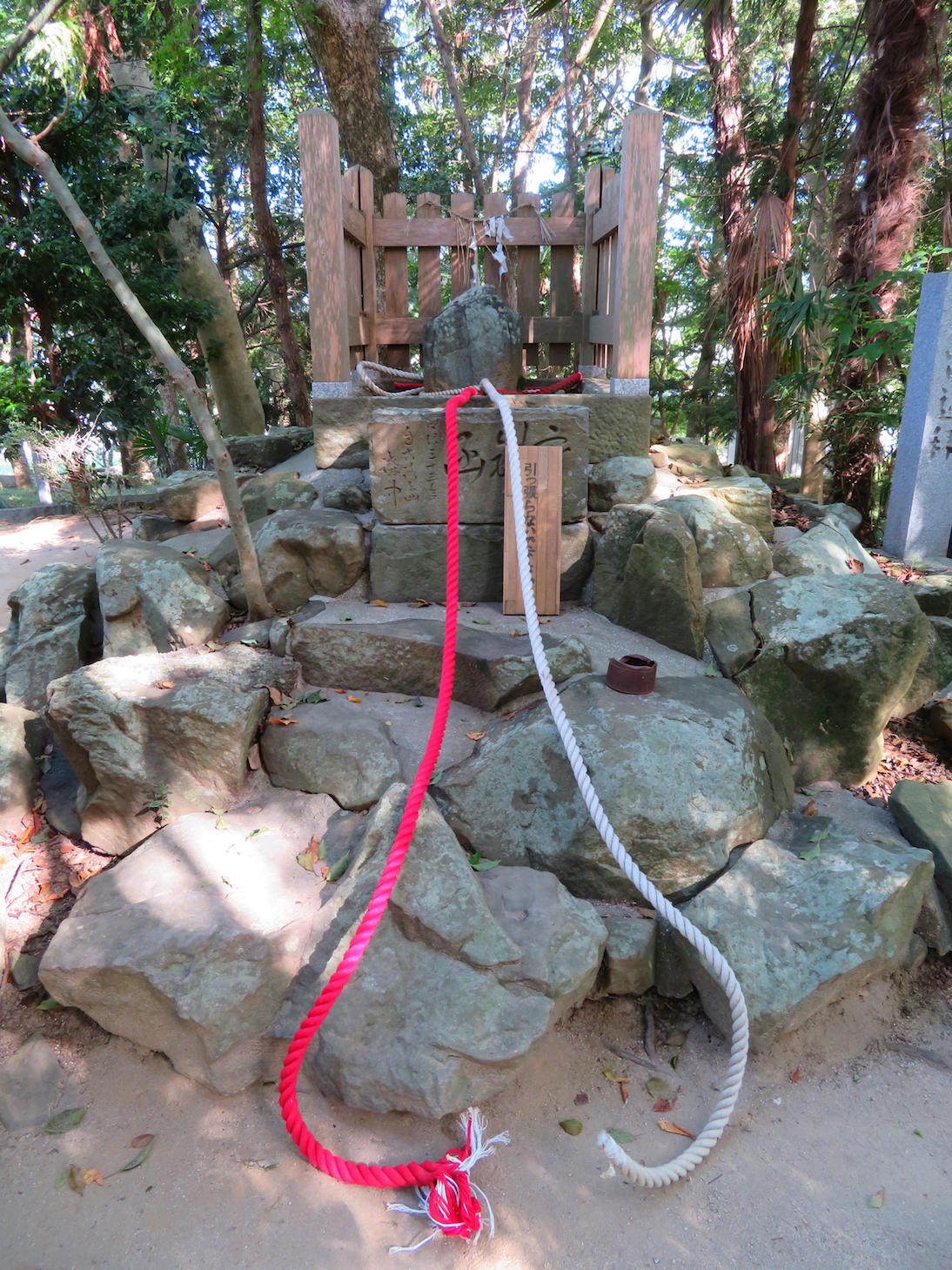
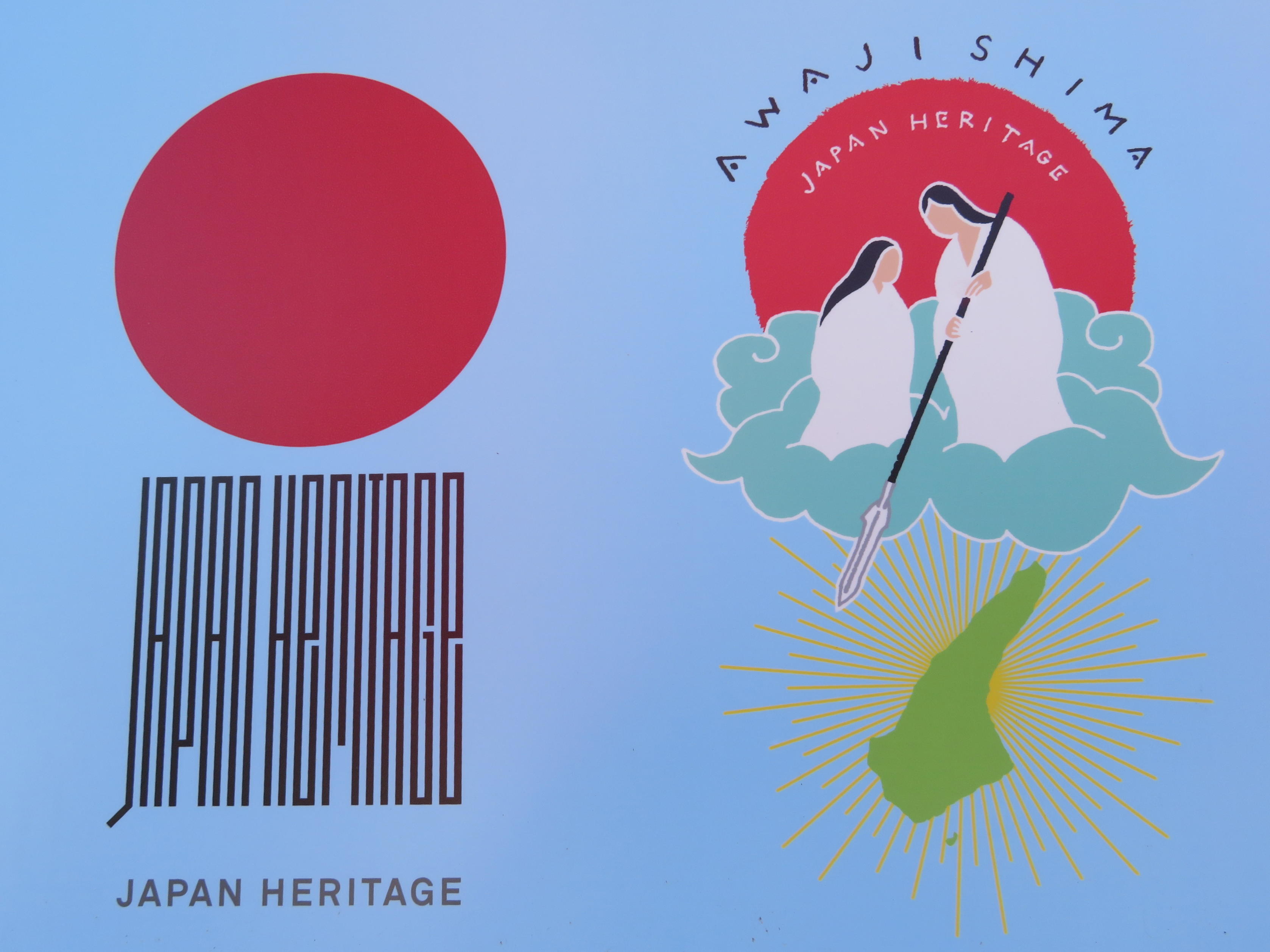
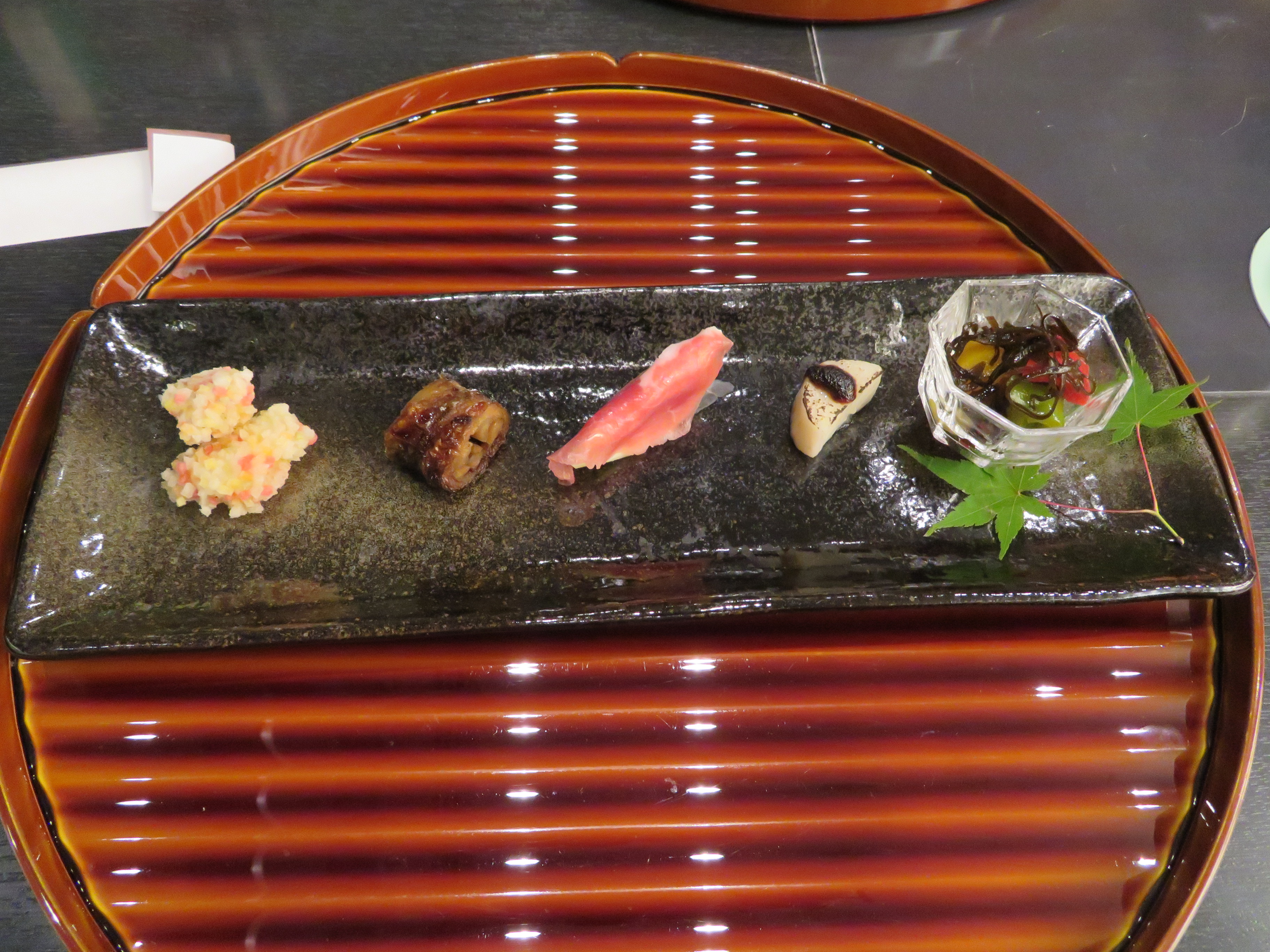
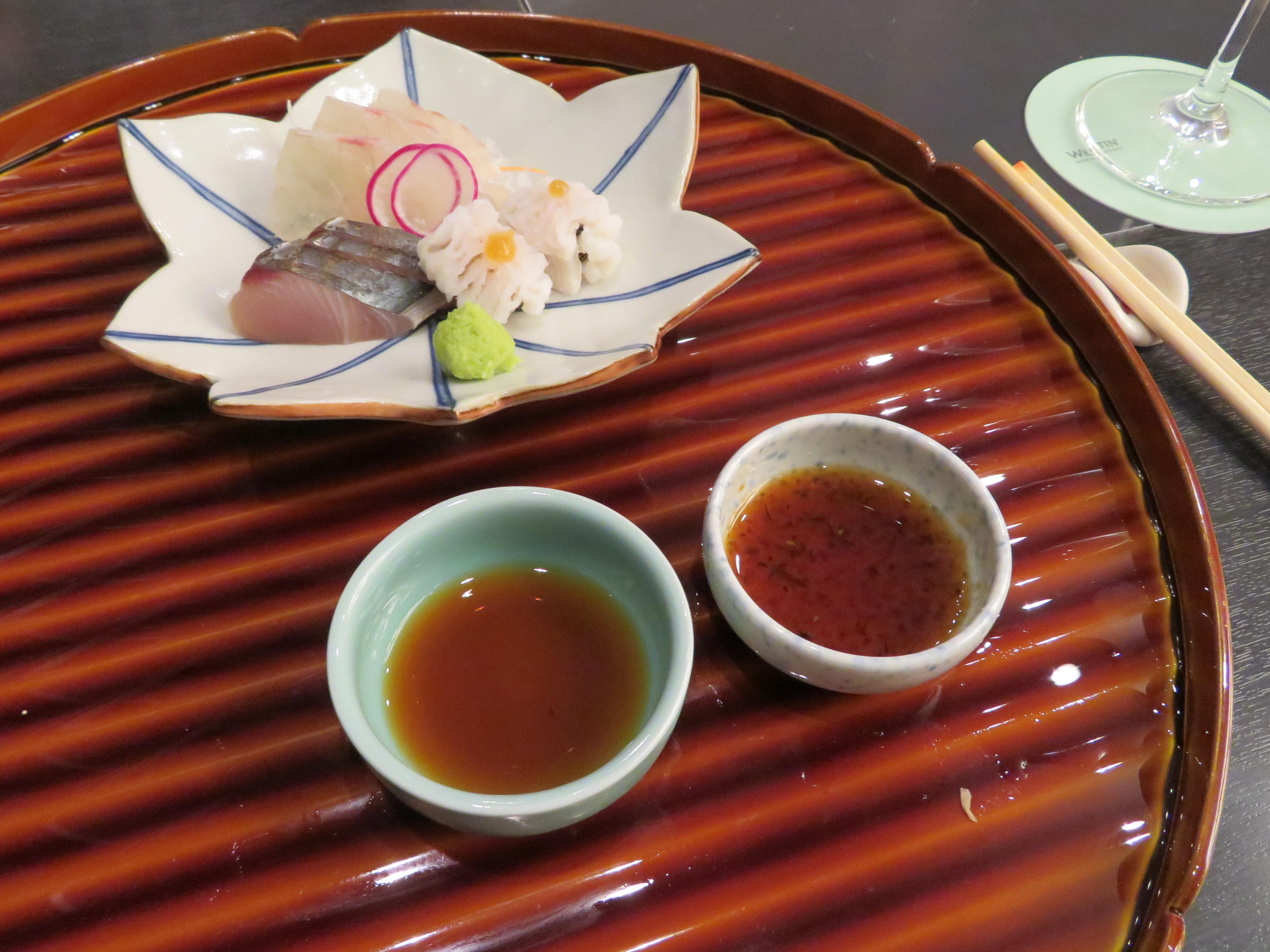
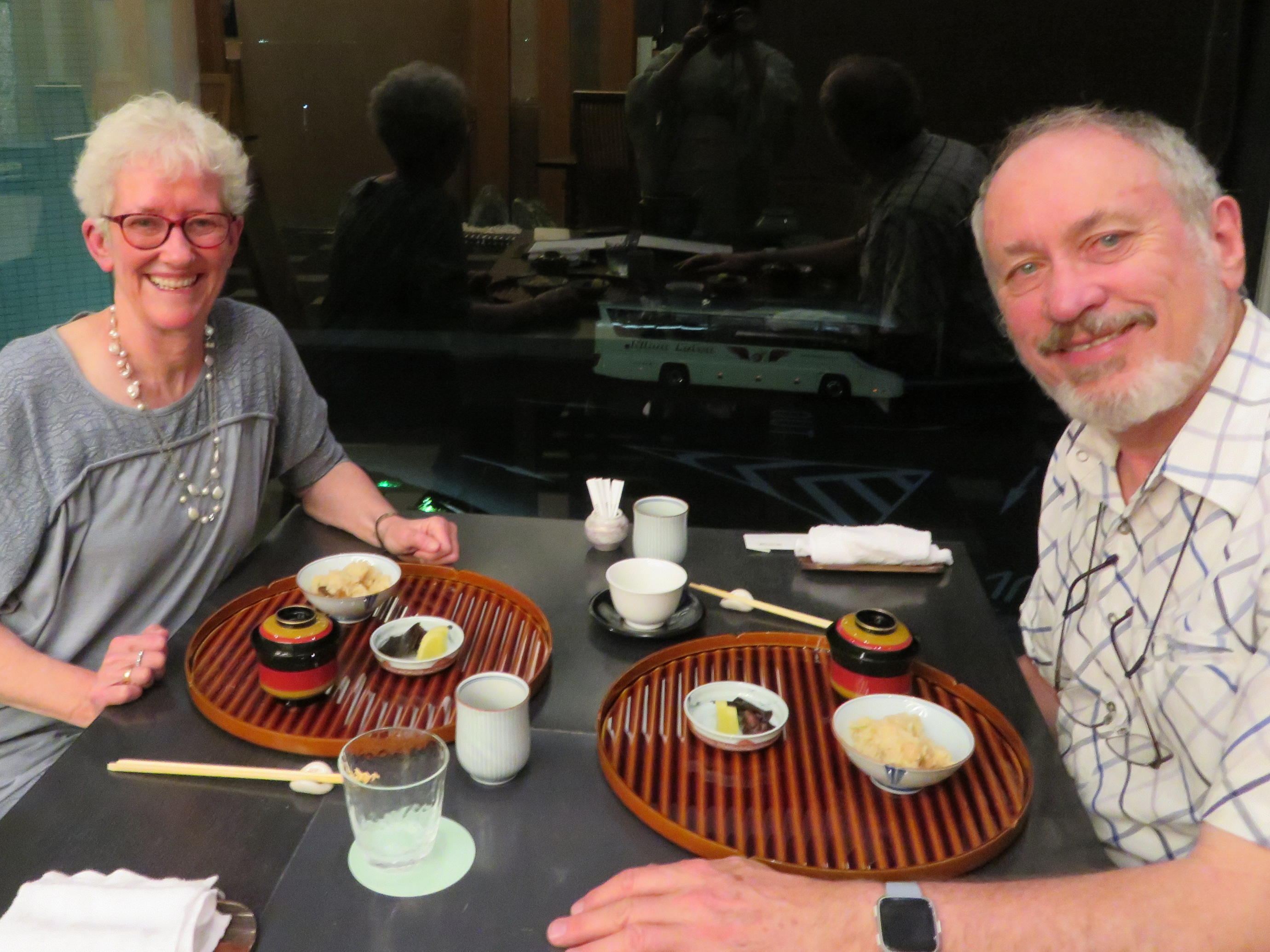

Your commentary was educational and very interesting, as usual. I liked the link to Kami and enjoyed reading about the traditional story. It reminds me of Gaia with its elements of spirit and nature entwined. I enjoyed the addition of your challenges won and lost. You wouldn’t believe the things that I have charged Carter with as I “drive” in the passenger seat of the car. Vehicles are dangerous things and I always worry about the other drivers. Carter is normally a very good and safe driver but sometimes in too much of a hurry to make that ever changing light. Of course, he would tell you that I have been known to stop at green lights (happened years ago but being witnessed follows me endlessly) I did have someone hit my car when they ran a red light. Just saying…..
Loved that you rang the relationship bell. I think that speaks volumes about who you are. Enjoyed all
the pictures. The spider reminds me of our garden or writing spider…. but to me looks more Japanese. I love its shape and color and I have a slight case of arachnophobia. The red and lavender flower displays were picturesque. I could see a bevy of impressionists with easels and brushes poised to create a masterpiece – especially with the reds in the hills of green with blue sky, cotton ball clouds, and the sight of tiny visitors roaming the grounds urged to become a part of the beauty. The manhole cover could certainly pass for a lovely brooch!
Enjoyed it all! I was impressed by how much you did after yesterday’s long flight and busy day! I was happy to see the two of you smiling and looking well rested and entertained.
Thanks as always for your comments Trudy. In Len’s defence, the traffic lights are nowhere near as obvious as they are in America and Australia. There is often just one horizontal set of lights suspended over the middle of the intersection. Driving is a big relationship challenge Isn’t it!!
The challenges won and lost were Len’s idea. He’ll be glad you like this section.
I won’t tell you how long this took last night but let’s just say it was after well midnight when I went to bed!
Pumpkin Pudding with Poached Pear – an alliterative standout, for me. 🙂
You have hair almost as short as mine, now !
I can’t quite get over onions being a culinary delight: imnsho, here we are forced to eat onions that have been in storage somewhere for 1,000 years – how else could they be so bloody eye-wateringly strong ?! If the Japanese can grow ’em mild, WHY CAN’T WE ???
Sighhh …
Love those flower gardens packed with salvias ! I am waiting for salvias to come on so that I can stuff my front garden with them.
THANK-YOU for all this: your posts make mornings fascinating, dear Sue
Haha, yes it is, M-R. I like it short, Len not so much, but I reckon it’s fair compromise when travelling.
I love salvias too. I’m glad you are enjoying the posts.
I endorse all Trudy’ s comments but how do you remember it all, Sue. Do you have a big sort out of brochures before starting to write? What a store of reading and viewing you are building for yourselves.
The food is always so artistically presented. Is there any protocol about the order of eating the items. Do you finish each little morsel in one mouthful or if too big for that, empty the plate before starting the next?
Glad Awajijijma has lived up to expectations.
Thanks Mum. I make some general notes as we are going in my Notes app on my iPad, particularly the observations, thoughts, etc that I want to share, and I have whatever brochures we’ve received plus the internet to fill in gaps.
With the kaiseki meal, each dish comes out after you’ve eaten the one before. With “set” meals, I think there are some protocols but I don’t think they are followed slavishly. Traditionally though, rice, an honoured dish, tends to be eaten at the end (or so we believe).
I know what you mean about noisy eating places. One of the worst we’ve ever encountered was at the Marina Bay Sands in Singapore. Breakfast was served in a monstrous room, packed with tables full of screeching families and the noise was so overwhelming we abandoned the breakfast we’d paid for. Never again.
Come to Japan Lisa! You will enjoy the peace and courtesy.
I’m loving all of your wonderfully detailed travel talk of Awajijima. It’s so great that you have the freedom to drive where you wish. Don’t you just love those breakfast buffets and all of those tasty local tidbits.
Your pictures look so wonderfully peaceful and free of crowds. I didn’t realize that Awaji was the epicenter of the great Hanshin Earthquake either. Oh, I have a question— do you have any feel for how difficult it is to get around Awaji using public transportation??
I know I don’t have the nerve to drive in Japan but your blog has made me want to go there now.
We went to the Earthquake museum today Carolyn so watch to the next post.
the main reason we got the car was because we were told, and our internet research pretty much confirms it, that public transport is not easy or regular here. I think it would be difficult if not impossible to see all of the interesting sights here without a car. Sorry! I do understand it would be difficult (at our ages) if you’ve never driven on this side of the road. Some of the roads are narrow and hairy. On the other hand, people don’t drive fast, so it doesn’t feel impossible.